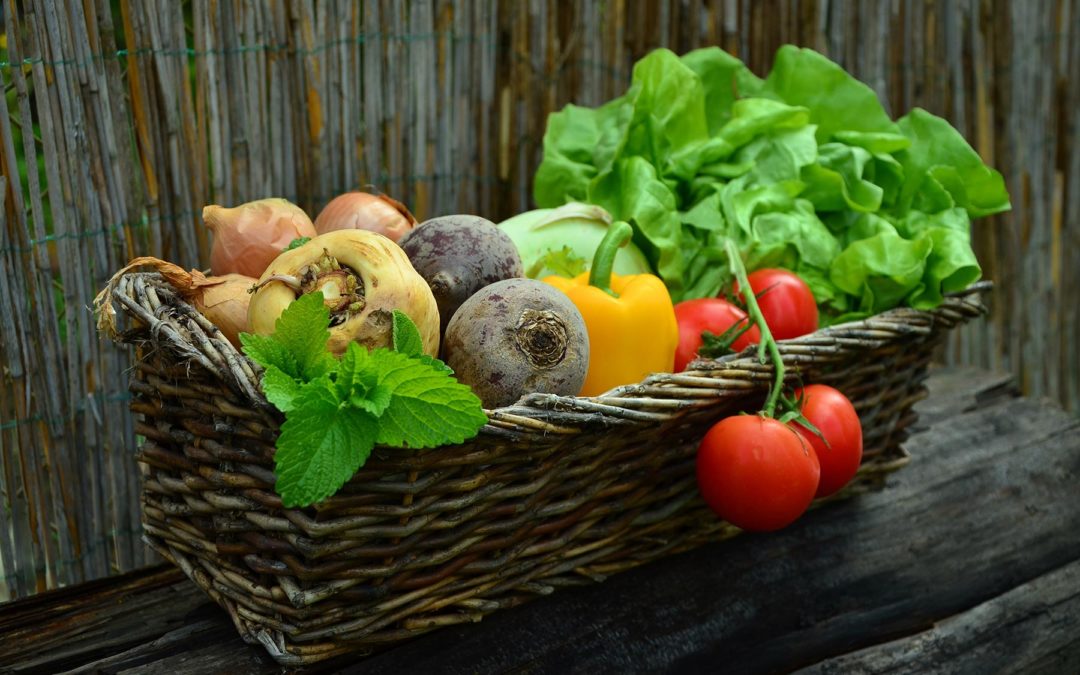Gardening is a necessary step for anyone who wants to become self-sufficient and reduce the number of visits to the grocery store. When creating a survival garden, there are a few aspects to consider. You want crops that are easy to grow and maintain. Some garden crops require more frequent human intervention to receive the fruits of your labor.
You also want crops that are easy to store. The length of the garden season varies based on your geography, but northern climates have a 3-4 month growing season. During the growing season, one can only expect to receive fresh food for 2-3 months. The only way to become self-sufficient is to grow crops that will store well throughout the winter. There are also cold weather staple crops that can be used to supplement your winter diet, especially if you can create a small greenhouse garden box.
The third most important aspect of a survival garden is growing food that is rich in protein, carbohydrates, and nutrients for sustaining the energy levels of your family. Here are 10 plants you should start in your survival garden.
Potatoes
They are easy to grow and maintain. Potatoes are able to grow in any climate and can thrive in good or poor soil. The biggest labor for potatoes is loosening the soil in the spring. They are calorically dense and can sustain your hunger for longer periods of time. Potatoes can be stored 2-3 months in your kitchen cabinet. They can be stored for 4-9 months if you are able to mimic root cellar conditions, including low relative humidity and darkness.
Lettuce
Leafy greens are cold hardy. They do best in a cooler, shady location during the summer months. You can plant your lettuce and greens in between taller plants, such as tomatoes. Both plants benefit from the diversity of nutrients being fed to the soil and taken from the soil. The tomatoes get plenty of sun, which is important for them. The lettuce gets a cool place, which is important to prevent the plants from going to seed too quickly.
Sorrel
This is one edible plant that grows wild but can also be cultivated. One great benefit of sorrel is that it is a perennial. Once you plant a sorrel patch, it will come back year after year. It provides leafy greens with minimal work from spring to fall.
Beans
Dried beans can store indefinitely. They should be eaten within 2-3 years to obtain nutritional benefit. Beans grow quickly and easily in the garden. They can be placed on the perimeter and climb up fences. They can also be placed closed to other crops and climb up sunflowers or corn stalks. The more frequently beans are picked from the garden, the more they will produce.
Squash/Zucchini
This hardy summer/fall crop grows on vines. It is easy to maintain and can produce large amounts of produce from just one plant. Some varieties of squash will spread easily and increase the yield from that plant. They are calorically dense and store well in cabinets or in a root cellar.
Herbs
Think of herbs as the costly flavorful additions for our food. Per ounce, herbs are the most expensive produce available in grocery stores. They are nutritionally dense and can be used in many ways, including smoothies.
Garlic
Garlic is a powerhouse for the immune system. It is another root vegetable that is hardy and easy to store. Softneck garlic can be grown in most places, but it is not as cold hardy as hardneck garlic. Another benefit to softneck garlic is that you can harvest the green scapes that grow above the ground. They have a milder garlic taste and can be used to flavor dishes.
Sweet Potatoes
Sweet potatoes have a longer shelf life than most vegetables. They are highly nutritious. They support your immune system, gut health, vision, and brain function. Sweet potatoes contain cancer fighting compounds and are anti-inflammatory.
King Stropharia (Wine Cap) Mushrooms
This is the easiest gourmet mushroom to grow in your garden. You can grow them among your other veggies in woodchips or straw. Buy sawdust spawn from a mushroom supplier to sprinkle among your woodchip and straw garden paths. Plant in the early spring to get a summer harvest. Add more woodchips or straw every year to continue harvesting for several years.
Raspberries
Raspberries are very easy to grow, and they spread on their own. You can start planting just a few raspberry canes and within a few years you can have a large raspberry bed. Find a place to plant the raspberries so they can spread without impeding other plants or your neighbor’s lawn. Raspberries are more drought resistant than larger fruits, like apples, plums, peaches, and pears. New canes will produce in the following year.


Recent Comments